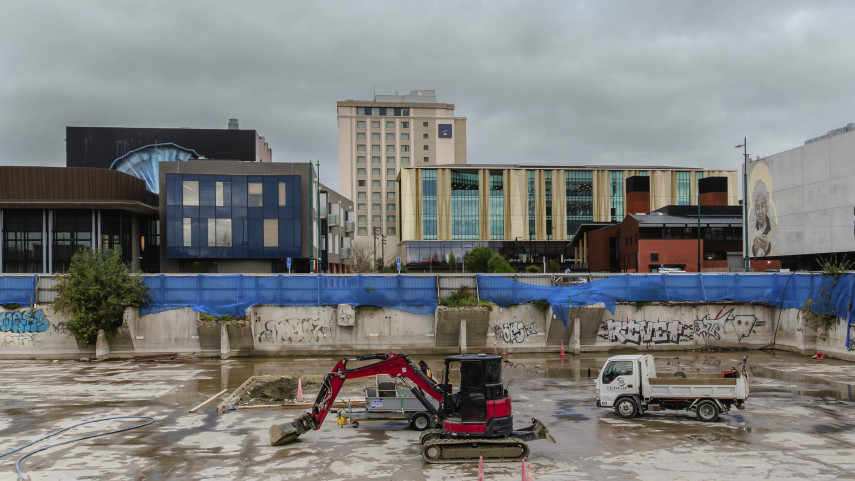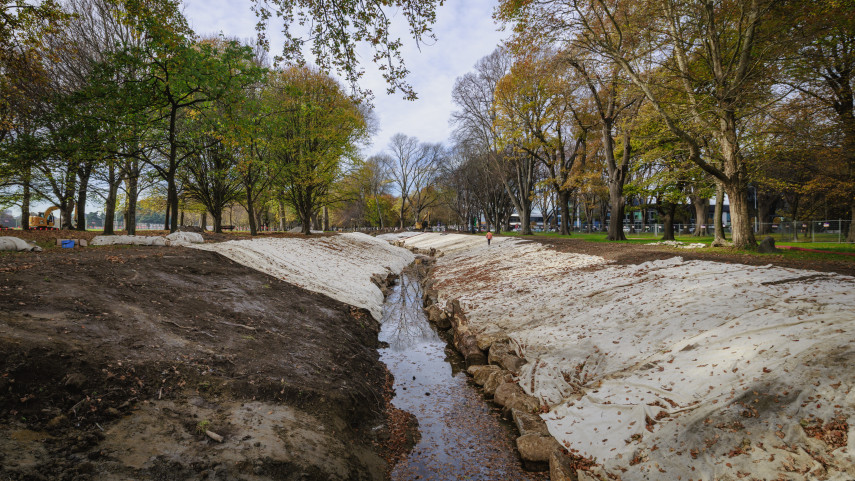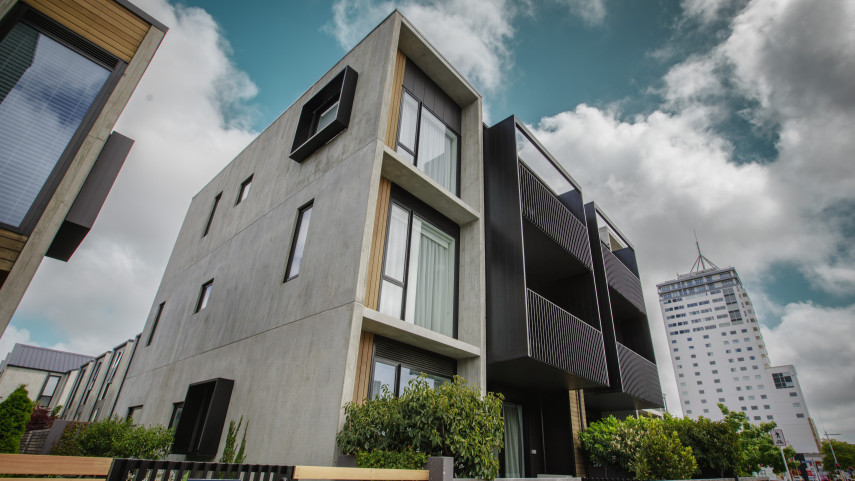Learn how to be water-wise at one of Christchurch's pumping stations.

Book a Learning Through Action school programme
Risk analysis and management information (RAMS) will be sent out once a programme booking is confirmed. If you require this at any other stage please email LTA@ccc.govt.nz or contact us(external link).

| Year level | 5 to 13 |
|---|---|
| Curriculum level | 2 to 8 |
| Availability | Available year-round |
| Times | 9.30am to 12noon or 12.15pm to 2.30pm |
| Site | Main Water Pumping Station, Colombo Street |
| Cost | Free |
| Number of students | Maximum of 35 |
| Special requirements | Closed-in shoes must be worn |
- Water conservation and preservation.
- Personal responsibility for action.
- The water cycle.
- Aquifers.
- Local freshwater systems.
From the aquifers through to our taps, students will discover how Christchurch residents access some of the world’s best water.
During a visit to the water pumping station, students will compare Christchurch’s water usage with the rest of the world to see how much we comparatively use. The session includes a tour of the pumping station.
Children are challenged to think of reasons to conserve water and how they can incorporate water-saving strategies into their daily lives.
The programme winds up with a range of problem-solving and reinforcement activities.
We are learning to:
- Explain and describe the concepts of the water cycle and an aquifer.
- Describe the course water takes before it comes out of a tap.
- Understand that no matter who or where we are that we depend on water.
- Explain the reasons for conserving water.
- Identify actions that can be taken to support a sustainable water supply.
Using language, symbols and texts
Students will investigate oral and visual texts and symbols to gain an understanding of the extent to which freshwater is a precious resource.
Thinking
Students will collaboratively and independently come up with solutions on how and why to conserve water in their daily lives.
Managing self
Students will be encouraged to justify the actions they will take as a result of the information and activities they are exposed to during the programme.
Participating and contributing
Students will have the opportunity to work in small groups to plan a weekly water ration from different societies with different access to infrastructure.
Relating to others
Students will explore and discuss different societies’ access and attitudes to freshwater.
| Curriculum area | Strand and level | Objective |
|---|---|---|
| Science Pūtaiao |
Nature of Science Levels 2 to 4 |
Investigating in science Communicating in science Participating and contributing |
| Planet Earth and Beyond Levels 2 to 8 |
Earth Systems | |
| Social Sciences Tikanga ā-Iwi |
Levels 2 to 8 | Social Studies Economics Geography |
| Health and Physical Education Hauora |
Healthy communities and environment Levels 2 to 8 |
People and the environment |
| Technology Hangarau |
Nature of Technology Levels 2 to 8 |
Characteristics of technology |
| Maths Pāngarau |
Number and algebra Levels 3 to 6 |
Number strategies Number knowledge |
| Geometry and measurement Levels 3 to 6 |
Measurement | |
| Statistics Levels 3 to 8 |
Statistical investigation Statistical literacy |
Level 1
| Subject | Standard |
|---|---|
| Generic Technology | 1.7 AS91050 1.8 AS91051 1.9 AS91052 |
| Geography | 1.3 AS91009 1.6 AS91012 1.7 AS91013 |
| Science | 1.15 AS90954 |
Level 2
| Subject | Standard |
|---|---|
| Earth and Space Science | 2.2 AS91188 2.3 AS91189 2.7 AS91193 |
| Education for Sustainability | 2.1 AS90810 2.2 AS90811 2.3 AS90813 |
| Generic Technology | 2.8 AS91361 2.9 AS91362 |
| Geography | 2.6 AS91245 2.7 AS91246 |
Level 3
| Subject | Standard |
|---|---|
| Earth and Space Science | 3.2 AS91411 3.5 AS91414 |
| Education for Sustainability | 3.1 AS90828 3.4 AS90831 3.3 AS91736 |
| Generic Technology | 3.8 AS91615 |
| Geography | 3.6 AS91431 3.7 AS91432 |
| Social Studies | 3.1 AS91596 |
Related news

Proposed new rebates to encourage central city development
Consultation is open on two proposed new rebate schemes aimed at supporting development in the central city.
23 Jun 2025
Addington Brook renewal progressing well
Stage two of the Addington Brook renewal programme in South Hagley Park is well underway, with half of the earthworks and all of the tree removals now completed.
9 Jun 2025
Minister has final say on housing density rules for Christchurch
The Government has issued its final decisions on a number of matters referred to it as part of the planning process for greater housing density in Christchurch.
6 Jun 2025